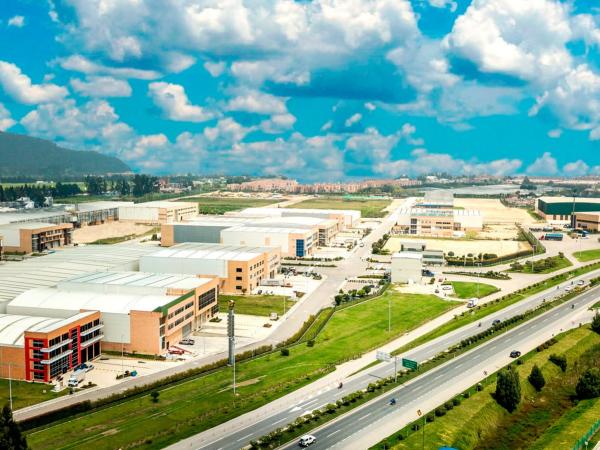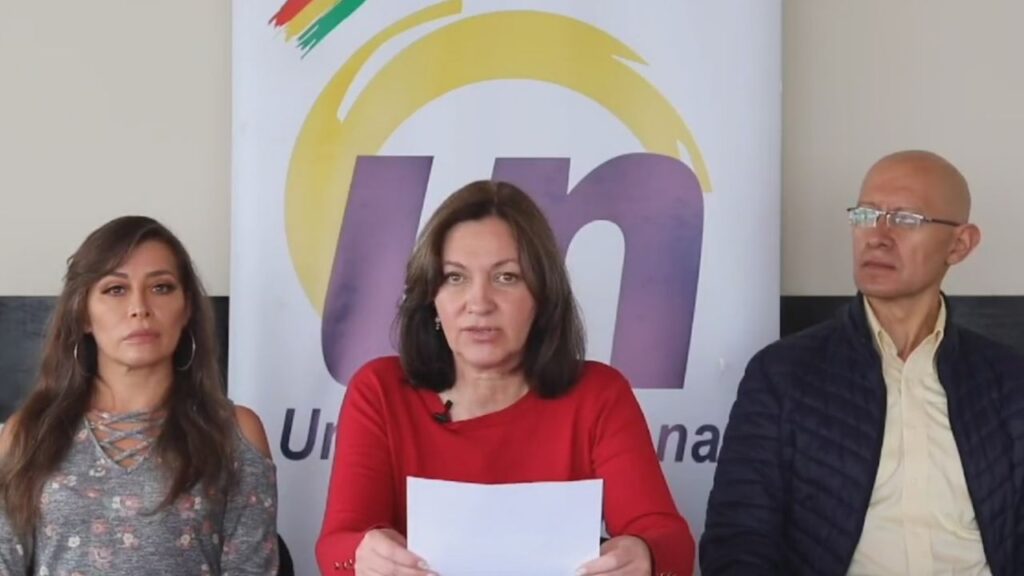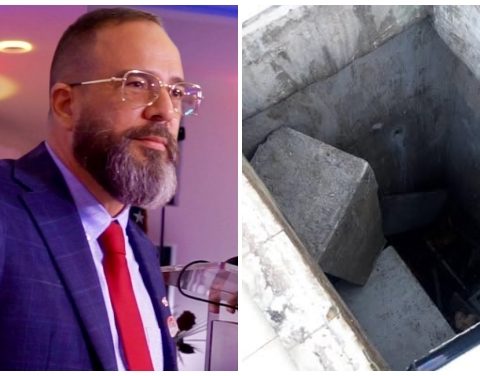In this last week, the sky of São Paulo acquired a more rosy tone, mainly in the early hours of the day. And this was not the effect of the pollution so characteristic of the capital of São Paulo. According to Marcia Yamasoe, professor and researcher at the Institute of Astronomy, Geophysics and Atmospheric Sciences at the University of São Paulo (USP), this coloration in the São Paulo sky is perceived mainly at dawn. January 26, was a result of the eruption of the Hunga-Tonga-Hunga-Ha’apai submarine volcano, which devastated the Tonga archipelago, in the South Pacific, and released particles into the upper atmosphere.
In an interview with Agência Brasil, Marcia Yamasoe said that it is possible to confirm that the particles expelled by the volcano did indeed reach Brazil. “Satellite images showed when the plume [que consiste em cinza vulcânica] arrived and there is a researcher from Ipem [Instituto de Pesos e Medidas] which has instrumentation and clearly identified the arrival of this plume on the day January 26, around 4 am,” she said.
This was because the volcanic activity in Tonga was very intense, allowing material to be released into the stratosphere. Being in this layer, the material could be transported more easily and travel long distances, reaching Brazil.
“The first thing is that this material, the gases from this volcanic eruption, managed to reach the stratosphere, which is a layer that is above the troposphere, which is where we are”, explained the professor. “In this layer of the atmosphere, the exchange, the deposition process, is much slower. So, if you manage to get up there, the probability that this material will stay there for a longer time is very high. Down here [na troposfera], rain and clouds, can be removed much more easily”, he said.
According to the teacher, it is not yet possible to say how long this phenomenon will last. This plume continues to circulate and should go around the world. And, when it returns to Brazil, it will possibly be more diluted. “She will be circling until she deposits. But I believe that when she comes back, she will be much more diluted,” she said. “But if she comes back, wake up very early to try to detect and take pictures”, he said.
These gases, according to her, do not bring risks to the Brazilian population. “As it is 26 km away, very high up, before it settles down and gets down here, this plume dissolves, it spreads more and more. So, when you start depositing, it will be in such small amounts that there is really no risk for the population”.
Tonga is located on the so-called Pacific Ring of Fire, one of the most seismic areas on the planet. In day January 15th, the eruption of the Hunga-Tonga-Hunga-Ha`apai volcano triggered a tsunami with waves up to 15 meters, which devastated the nation.

















